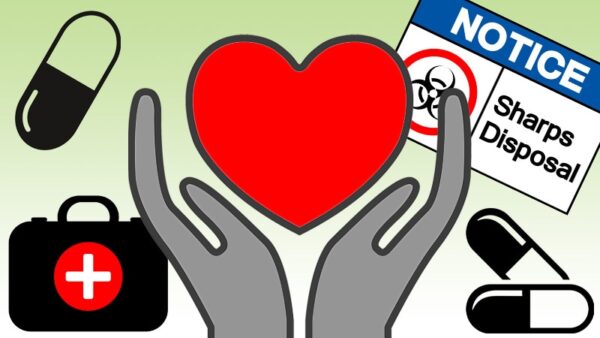
Our last episode featured a discussion of harm reduction strategies that placed the needs of Black people at their center. Tracie Garner of NBHRN and Bre Azanedo of Black Lives Matter Paterson talked about the importance of helping our community members deal with issues of substance abuse, in all forms. We are providing these additional Resources on Harm Reduction Saves Lives.
What is harm reduction really about?
According to the Cleveland Clinic harm reduction is the “evidence-based approach designed to help reduce the negative impact of behavior associated with substance use in both individuals and at the community level.” In addition to being evidence based, harm reduction has several key principles critical to the work. You can find them here.
While Tracie focused specifically on Black harm reduction, the National Harm Reduction Coalition organizes across all communities. Their goal is to to “promote the health and dignity of individuals and communities affected by drug use.” Harm reduction policies also “shift power and resources to people most vulnerable to structural violence and racialized drug policies.” Among their coalition partners are organizations that are trying to tackle the opioid crisis in rural communities.
Throughout the country now, there are networks and clearing houses set up to provide assistance to harm reduction programs. Bre noted that NJ now has a large network of harm reduction centers. This became possible after the passage of state legislation authorizing needle exchange. Other organizations, such as Oregon’s Harm Reduction Clearinghouse serve as a hub for information and supplies. The number of organizations and community hubs using their services is quite remarkable.
Opposition to harm reduction programs
Sometimes community opposition to harm reduction programs can be strong. Researchers continue to study why communities, even those impacted by substance abuse resist harm reduction programs. Opposition can be based on moral judgment about the user breaking the law. Or, it could be from a mistaken belief that harm reduction programs encourage drug use. However, data, including from the CDC demonstrates that users in harm reduction programs are more likely to seek recovery. And communities, with proper education can learn that harm reduction programs make the community better and safer for everyone.
We hope these Resources on Harm Reduction Saves Lives will help you understand and support any recovery process that recognizes the dignity and humanity of the person struggling for recovery.
04/19/25